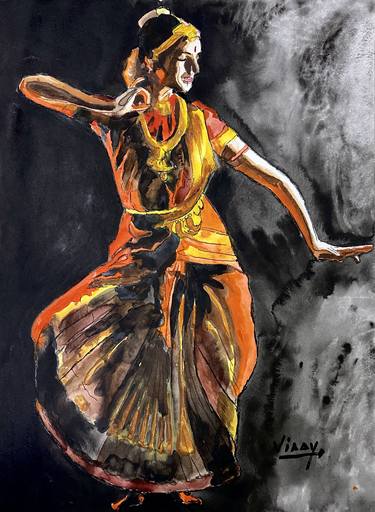There are many differences between Western dance forms and Bharatanatyam, a classical dance form from India. Here are a few major differences:


- Technique: Western dance forms, such as ballet and contemporary dance, focus on fluidity and grace in movements, often emphasizing extensions and flexibility. In contrast, Bharatanatyam focuses on precise footwork, angular movements, and sharp, expressive hand gestures.
- Storytelling: Western dance forms typically do not have a strong storytelling tradition, and the movements and choreography are often abstract or interpretive. In Bharatanatyam, however, the storytelling tradition is central to the dance form, and the movements and gestures are used to convey specific stories from Hindu mythology and folklore.
- Music: Western dance forms are often performed to music that is separate from the dance, while Bharatanatyam is typically performed to Carnatic music, a classical music tradition from southern India. The music and dance are closely intertwined in Bharatanatyam, with the music often dictating the rhythm and tempo of the dance movements.
- Costumes: Western dance costumes are typically more revealing and form-fitting, while Bharatanatyam costumes are more modest and traditional. Bharatanatyam costumes consist of a saree or long skirt, blouse, and dupatta, with elaborate jewelry and makeup.
- Cultural significance: Western dance forms are often performed for entertainment or artistic expression, while Bharatanatyam is deeply rooted in Indian culture and is often performed in religious or spiritual contexts, such as in temples or at festivals.
Overall, while there may be some similarities in technique and expression between Western dance forms and Bharatanatyam, the differences in storytelling tradition, music, costumes, and cultural significance make each one unique and distinct.
